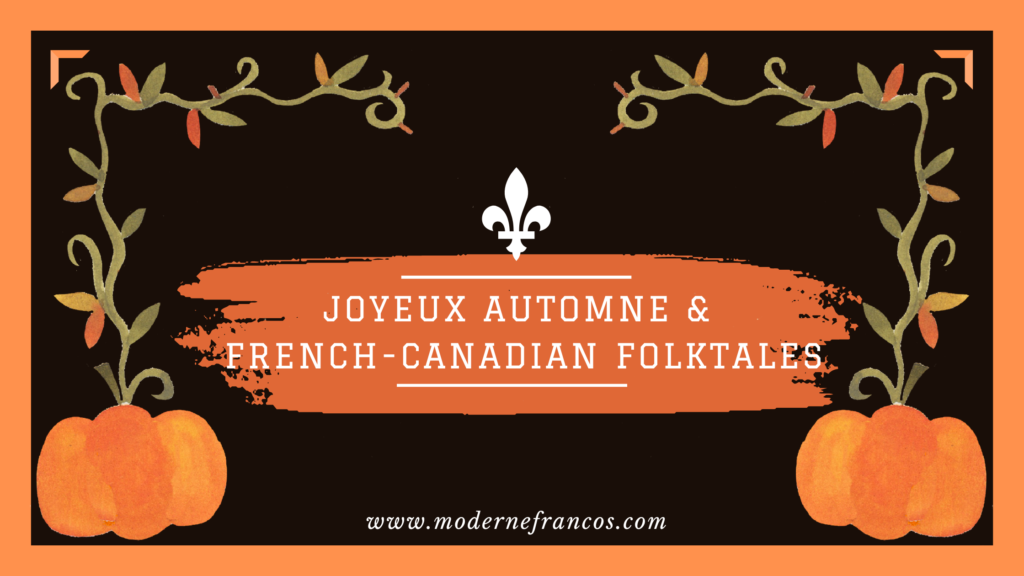
What do we know about French-Canadian folklore? From the themes and tropes of these stories, we can compare and contrast them with more well-known folktales in American culture.
The religious themes in these stories also differ from mainstream American fairytales, often embracing the darker themes the characters find themselves.
While reading some French-Canadian folktales, I was surprised at how often the devil makes an appearance. During my upbringing, these themes weren’t allowed to be read in stories. But I found something special in these stories beyond my initial reaction, so let’s talk folktales!
Scary Stories: Mainstream Fairytales & Québec Folktales
Autumn brings in the spooky season, with scary stories and media returning to our regularly scheduled entertainment. So much of folklore is spoken by word-of-mouth, written in short stories and books, and made into film adaptations.
We all know of animation studios that have created movies inspired by the fairytales found within the pages of The Brothers Grimm, the most famous storytellers of Germany.
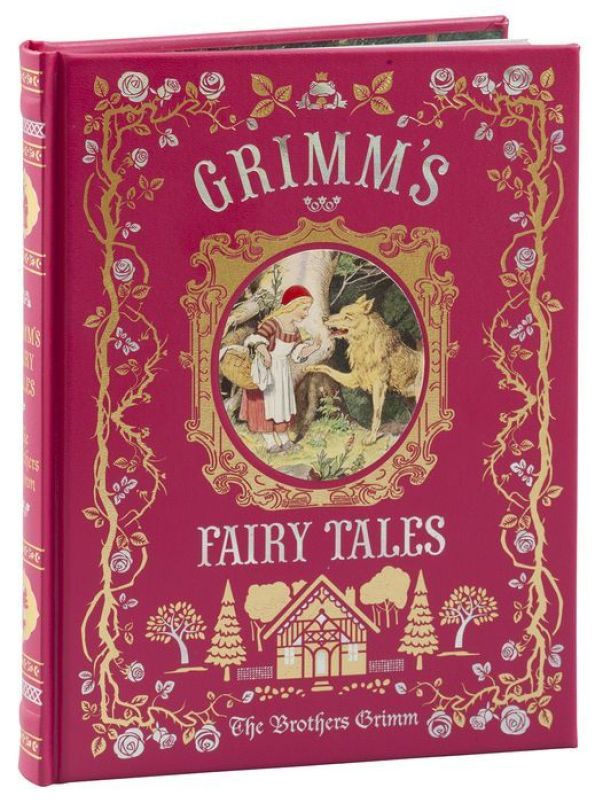
However, there are several differences between the common folklore of Québec and the folklore found throughout Western Europe. The Brothers Grimm tales primarily focused on stories of royalty, featuring beautiful princesses and their heroic prince counterparts.
Most stories rooted in Québec center on other characters and themes, like fur trappers, woodsmen, and the devil himself. The typical fairytale storyline of royalty is replaced with the common man encountering spiritual magic performed by forces of good and evil. Other themes include werewolves, surviving the freezing winter night, and trickery by evil forces.
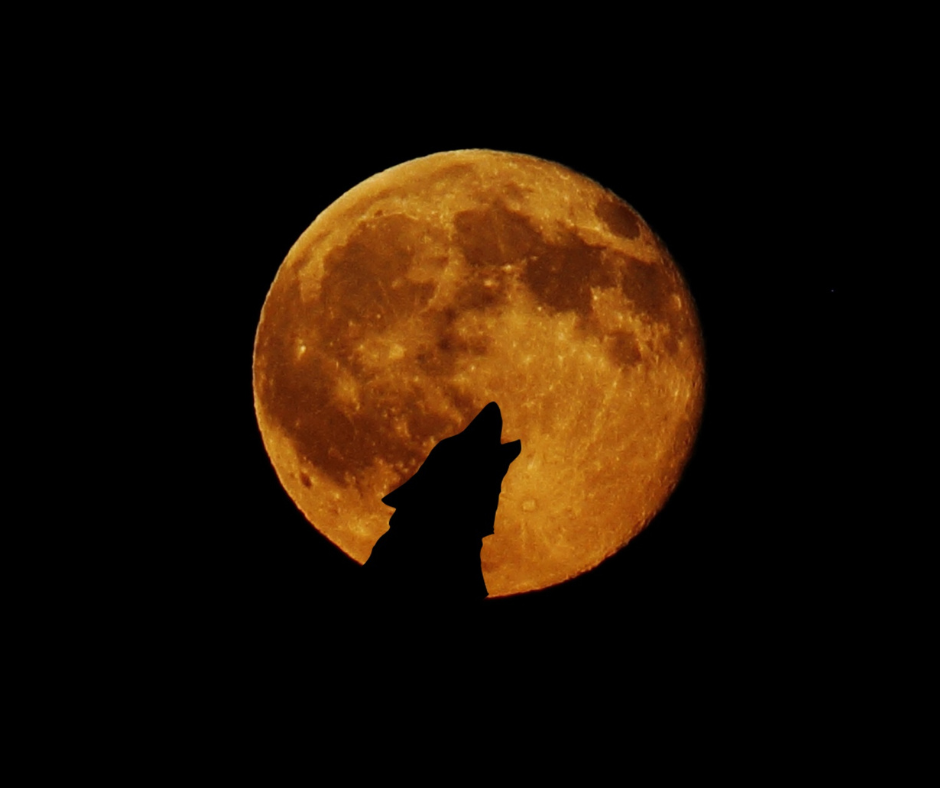
Although it could be an unusual plot device to read folktales without the princes and princesses, Québec folklore is more grounded in this way. It gives us a look into a fantastic yet harsher view of life in the province.
Recurring Themes in French-Canadian Folklore
The overlying religious messages in French-Canadian folklore are Catholic, as we see in folktales like La Chasse-galerie, The Clever Woman, and The Legend of Rose Latulippe (also known as The Legend of the Devil at the Dance and The Legend of the Beautiful Dancer).
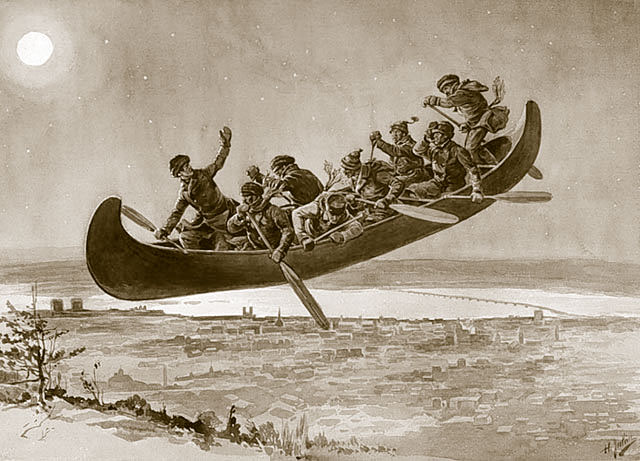
These stories show characters testing the limits of challenging the devil head-on without invoking God as a character. Although it’s not a fairytale, much like the eyes of Dr. T.J. Eckleburg in the American classic, The Great Gatsby, God appears as an omnipresent force watching the events unfold without directly affecting the story by His own actions.
Whereas the devil is a present character in these folktales. He tempts mortal souls purely to test their bravery against his wickedness. At the end of these tales, the people who pushed their fate by making a deal often escape the situation relatively unscathed.
What Else Can We Learn About These Stories?
Many of these themes come from the religious, traditional, and cultural values of these early French-Canadian settlers of New France. So, the folk tales handed down for generations can tell us a lot about the lives of our ancestors. Many of these surviving tales were written and published during the 19th and 20th centuries, becoming more available in print than word-of-mouth.
The stories often open with a narrator telling us the story, with perhaps the addition of a second narrator recounting the tale as truth. Bringing in two narrators envelops the listeners in many storytelling layers that bring us away from the present time for even an hour.
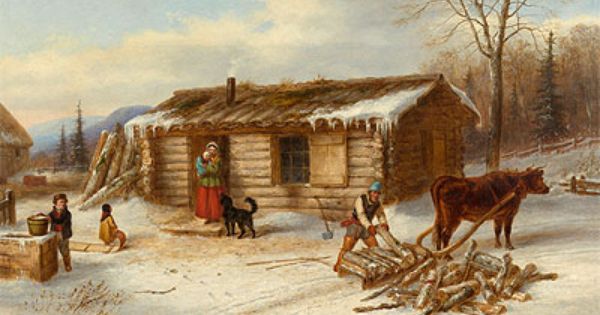
Imagine what these tales must have done for French-Canadians at the time of New France. Storytelling provides entertainment, comfort, and creativity, so it was a great distraction from daily survival. Not to mention the moral lessons of good versus evil to keep everyone out of trouble.
Being a Franco-American who was raised Protestant in an Evangelical environment, the folktales of New France are fascinating from my perspective.
Back in the days of attending church, specific stories were never allowed to be read or spoken about. These questionable stories contained magic, demons, ghosts, mythical creatures, or dark themes. So, essentially, everything that French-Canadian folktales are known for!
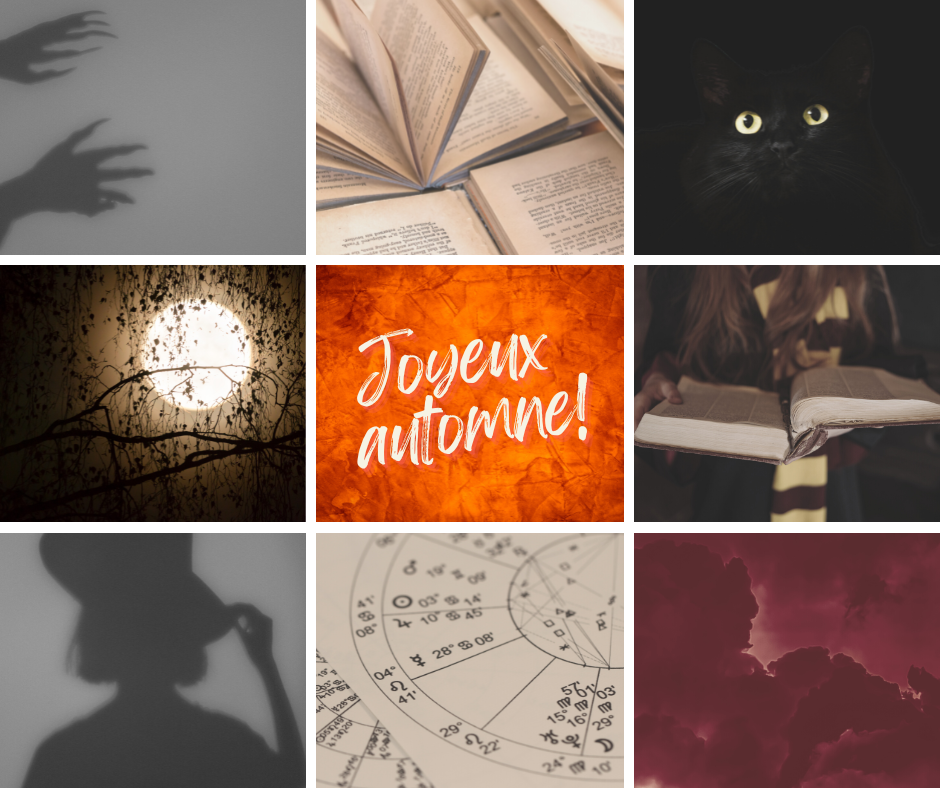
In elementary school, several classmates told me I needed to burn the books I was reading because they contained magical characters. By reading those books, I was “worshiping the devil.”
The only fantasy allowed in their eyes were stories written by Christians who included recurring themes of faith within their pages. Faith so powerful it would make you think twice about disobeying God for fear of eternal damnation.
Although it worried me from time to time, my parents reassured me that I was only reading make-believe stories. And little fairytale stories couldn’t actually harm anyone, no matter what I was being told at church or school.
Stories about people making deals with the devil wouldn’t be allowed unless the characters went straight to hell and burned for eternity. They would have never backpedaled their way out of that one.
Catholic Ouija Boards?
Maybe Catholic French-Canadians weren’t afraid to push the envelope and risk their soul.
After all, my Catholic mémère and pépère allowed an Ouija board in their home. After hearing this story as a child, I wondered why they were perfectly okay with owning a portal for demons and evil.
But looking back now, perhaps Franco-Americans of the Catholic faith had the darker French-Canadian folktales in their DNA.
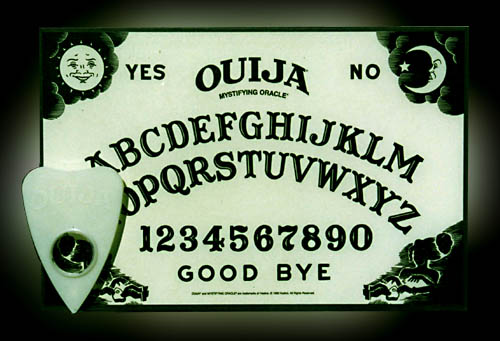
They knew they were only stories, just as mémère and pépère knew the Ouija board only had as much power as they gave it. And God was greater than any dark force, anyway.
What I appreciate from French-Canadian folktales is the courage to face the dire consequences of making a deal with the devil. But rather than the characters being doomed to hell forever for their mistakes, there were moments of redemption.
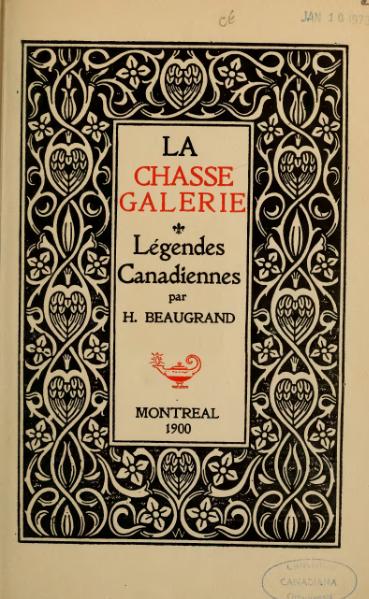
In the most well-known story of The Flying Canoe, chasse-galerie, a group of woodsmen allow the devil to make their canoe fly through the night sky to visit their wives. Of course, they aren’t allowed to curse God, or their souls are damned to hell.
The men come close to cursing the Lord’s name in vain when the canoe almost crashes into church steeples along the way, but they hang on for the ride. In the end, the men survive the haunting trip and reunite with their wives for New Year’s Eve.
Notes From My Protestant Upbringing
When my church had stories with characters speaking to the devil, the story unfolded with their descent into evil by his temptations. Although the characters regretted their decision, it was always too late because betraying God even once was unforgivable.
Demons, ghosts, and the devil weren’t things of folktales but real presences among us. Taking these entities lightly was no joke. Even dressing as a devil caricature for Halloween was a taboo that easily spooked the most God-fearing people I knew.
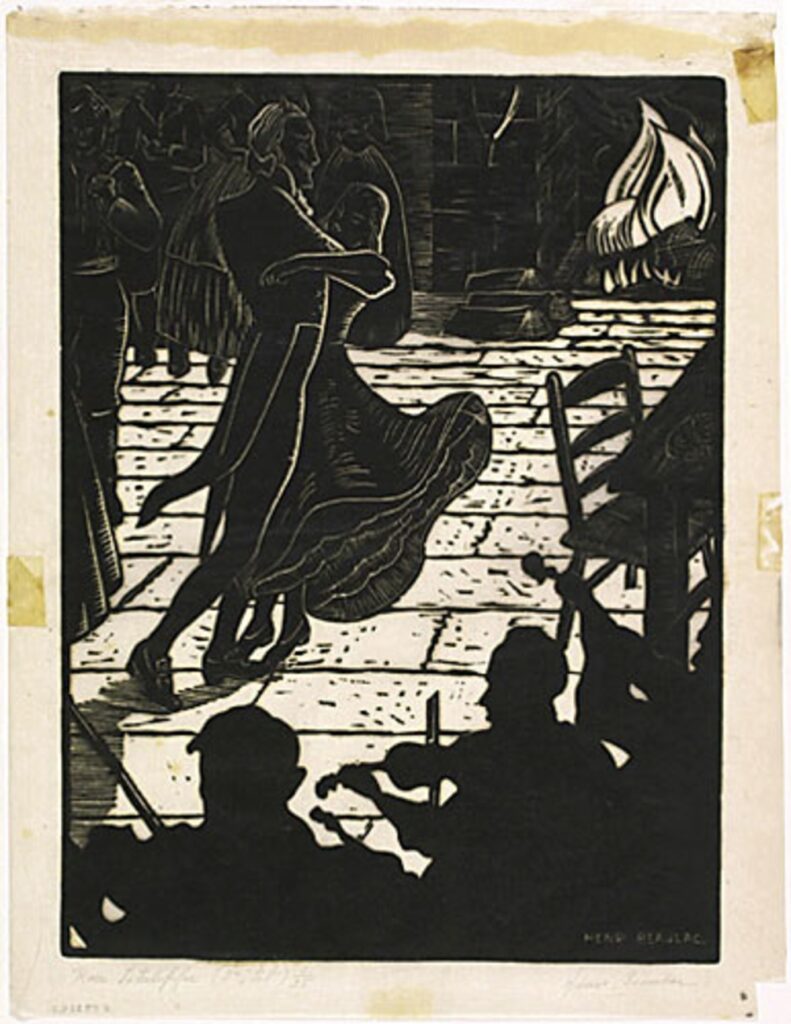
My initial reaction to reading French-Canadian folktales was confusion when the characters who trusted the devil got out of the situation. Weren’t they doomed to burn in the lake of fire for all eternity? That was my only impression of any story concerning the devil.
In these French-Canadian folktales, it’s almost a comedic take on the fault of humans giving in to temptations every time. But it gives them a chance at redemption.
Darker Tales, Brighter Endings
These stories allow us to make mistakes and get our reward in the end – if we choose it. Growing up, I was expected to be a perfect person. I was convinced that if I prayed the wrong way or without fully believing in the power of God, I was on my way to hell.
My questioning of faith and Biblical text was dealt with as if I were a mischievous contrarian when I only asked the big questions that needed answers. I wasn’t the best church girl, that’s for sure.
When I finally asked too many questions, I was told that the devil was whispering in my ear and simultaneously cheering that he was causing me to doubt. The devil was working hard to win the battle for my soul, and I had better be afraid.
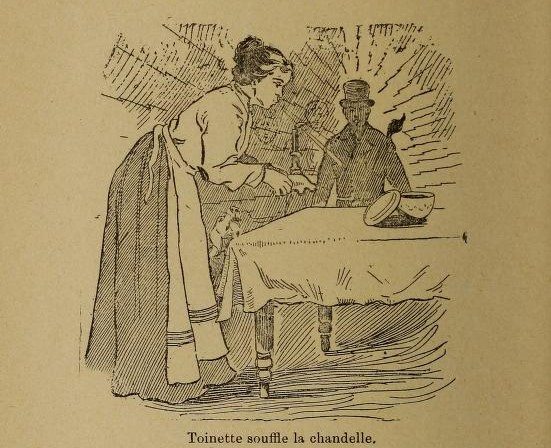
If only I knew the story of The Clever Woman, another French-Canadian folktale that brought insight into one woman’s role in these tales.
Essentially, a wife realizes her husband made a deal with the devil. As the devil arrives at their door at midnight, she saves her husband and tricks the devil with nothing but her wits.
Much like that folktale, I would have enjoyed outsmarting the devil rather than being taught to fear him.
Do you have any French-Canadian folktales to share? Were evil forces and mythical creatures kept away from stories you were told as a child? Did your Catholic Franco-American family have an Ouija Board in the home?
Check out more sources for French-Canadian folktales below:
https://digitalrepository.salemstate.edu/handle/20.500.13013/2387
https://fairytalez.com/region/canadian/
https://archive.org/details/lgendescanadienn00roul/page/n3/mode/2up?view=theater
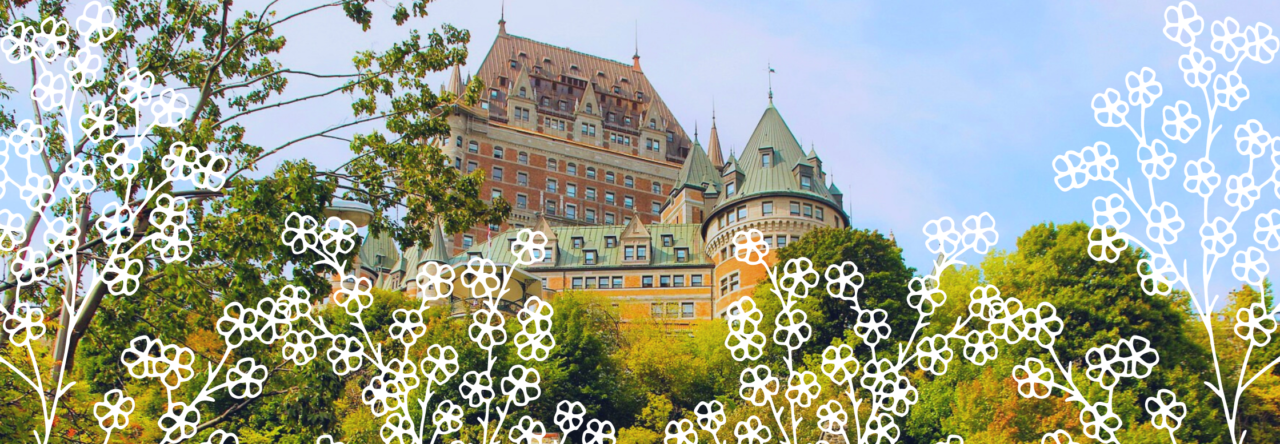
Rebecca Drew
You have beautifully articulated what happens when spiritual beliefs find themselves at odds within a person, their families, and communities. As for your question, I had a Catholic grandmother, a Midwestern grandfather from a Methodist family, and two grandparents from Southern Baptist families. By the time I was a kid, everyone was probably too confused to analyze my reading choices!
I really like these statements:
“And God was greater than any dark force, anyway. ”
“Much like that folktale, I would have enjoyed outsmarting the devil rather than being taught to fear him.”
Your statements serve as hope for people who have to navigate different spiritual beliefs among family and community members. Thank you for sharing these French-Canadian stories and your hopeful perspective.
Melody Desjardins
Merci, Rebecca! Sounds like having that mix of religious beliefs didn’t affect your reading choices! The area I grew up in also had a mix of Christian denominations, with the Evangelicals having much more presence. I’m glad you hear you enjoyed the post!
Manon Gartside
I really enjoyed reading this blog. Thank you for sharing this.
Back in the 1970s, Claude Dubois, wrote a song called Chasse Galerie. The rock version was a big hit in Québec.
https://www.youtube.com/watch?v=ATRl9ePLq7k&list=PLg_F-4597CZ8IvjQit7pQSMhClbvPUd7l&index=11&ab_channel=69stepe
La Corriveau is a true story of Marie-Josephte Corriveau who was hanged for murdering her husband in 1760 and her body was left in a cage hanging at a crossroad in Lévis. She served as bogeywoman for kids.
https://en.wikipedia.org/wiki/Marie-Josephte_Corriveau
A film was made in 1994 with Anne Dorval called La Corriveau.
https://www.youtube.com/watch?v=AWFUS4yYtRU&ab_channel=QCArchives
I grew up in rural Québec about 100 km north of Vermont. My grandmother believed in werewolves. In Québec, stories about werewolves used to be common.
Melody Desjardins
Merci, Manon! I’m glad to hear you enjoyed the blog post! I love the resources you’ve listed, merci for sharing. The story of La Corriveau is chilling, but I will see if I can get through the film!
Robert Sylvain
Thanks for this interesting read! My Mémère didn’t have a ouija board, but was definitely superstitious and was into things like using playing cards for divination. She left a notebook of old ballad lyrics, many of which are tantamount to folk-tales. Surprisingly there aren’t any with supernatural themes, but there are definitely some morality plays and religious undertones in there.
Have you read Michael Parent’s anthology “Of Kings and Fools” by chance? He grew up in Lewiston so the stories have a Franco-American inclination. La Chasse-Galerie is among them.
Keep up the good work!
Melody Desjardins
Merci, Robert! Glad to see you here! I have “Of Kings and Fools” bookmarked (I found a copy online!), so I’ll check it out.